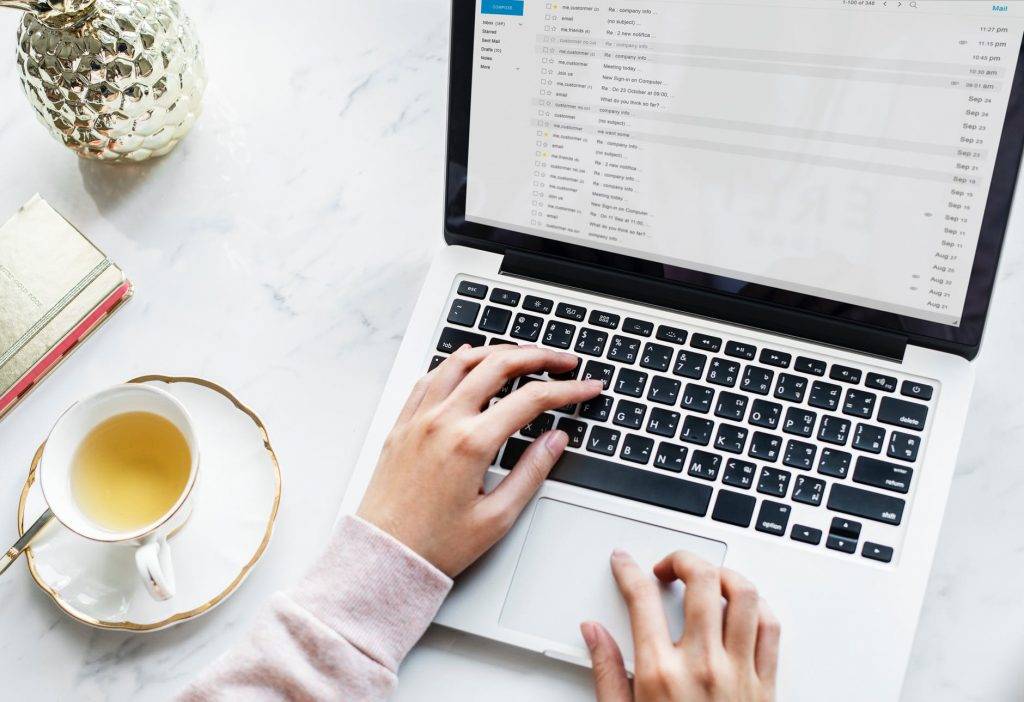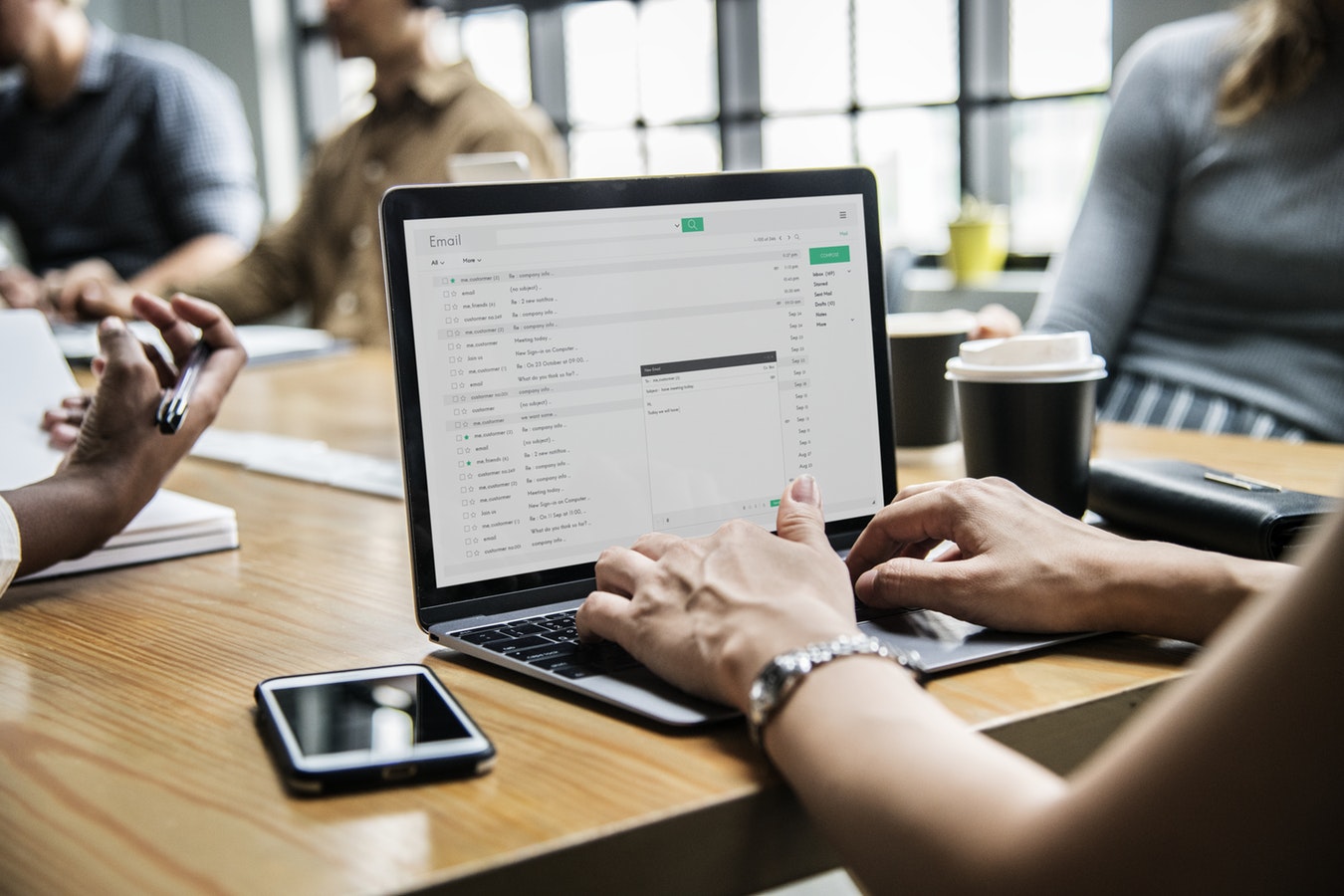The Dos and Don’ts of Email Etiquette
The use of emails (or electronic mail) has been fairly popular since the early ’90s, which has dramatically changed the business world in terms of clear and professional communication. While we work hard to perform faster and more efficiently, there are a few social rules that must be observed when carrying out this form of communication.
For us to improve our communication skills, refer to the following dos and don’ts of email etiquette:
1. DO create a clear subject line.
Always make sure that your subject line depicts your exact reason for writing. This creates a sense of urgency that will prompt a recipient to open and read your message from the very moment they receive it. Otherwise, a recipient may overlook, or perhaps even ignore your message, considering how it wasn’t deemed important as of that very moment. You may also see application email examples & samples.
Keep in mind that there are dozens of emails that clog our inboxes. The likelihood of your email being missed is relatively high, so if you fail to capture a person’s attention, your formal email could get buried among a sea of messages.
2. DON’T overlook the signature.
An email signature is a key component of any business email. This tells a recipient who you are, what you do, and how they may reach you. You can set it up automatically to appear at the very end of every message you send. Apart from your email address (since it’s already given), you can also include your complete name, job role or description, phone number, and company website. An email signature may consist of a simple image file, or even an HTML file for a more interactive approach.
3. DO use a formal greeting.
Unless you’re sending a casual message to a friend, refrain from using the salutations “Hey” or “Yo.” You can use “Hi” or “Hello” for colleagues, teachers, professors, and mentors, but if you want to keep it completely formal and professional, then “Dear” followed by their full name or surname would be the most appropriate greeting. You may also check out thank-you email examples & samples.
Also, try not to shorten anyone’s name unless you have been granted the permission to do so.
4. DON’T try to be funny.
Humor doesn’t translate well in written communication. It’s hard to determine whether a person is joking or being sarcastic, especially when your only basis for one’s tone of voice is through their choice of words and manner of writing. What you think is hilarious may be interpreted differently by the receiving end. Hence, leaving humor out from any business-related interactions could be your best option. You may also see marketing email examples & samples.
5. DO proofread the email.
Though grammar and spelling aren’t a big deal in text messages and chat rooms, they do matter when composing a formal email. Misspelled words and grammatical errors can lead to miscommunication. This can also shape one’s perception toward you. As ridiculous as it sounds, you could be perceived as sloppy, careless, or maybe even uneducated.
For this reason, be sure to review your message multiple times before hitting the “send” button.
6. DON’T assume.
Avoid one-liners when composing and replying to emails. Keep in mind that emails don’t work similarly as text messaging, so you can’t assume that the person you’re talking to will know exactly what you mean. And for your sake, it can also be frustrating and exhausting to keep looking back at previous conversations just to get a hint on what’s being tackled at the moment. You may also like leave application email examples & samples.
If necessary, you can make references to a previous message or use the subject line to emphasize the topic you’re addressing. But if the message concerns a separate document, study, or argument that has not been discussed over an email before, then you might want to make this clear in your introduction. You may also check out meeting email samples.
7. DO make replying a habit.
We all live a busy life, and sometimes, it can be hard to keep up with everything all at once. But don’t use this as a reason as to why you’ve stopped replying to everyone’s emails.
Regardless of its level of importance, you must be polite and respectful enough to respond to every email that has been sent to you personally. Even if you’re too caught up to fully grasp the message being delivered, the least you could do is inform the sender that you have received the email and that you’d get back to them when you can. If the sender has sent the message to the wrong recipient, be sure to inform them as well. You might be interested in feedback email examples & samples.
Don’t let anyone wait around anxiously for your response. What might not be important to you could actually mean the world to them.
8. DON’T send an angry message.
Never send an angry email. Ever.
Take a deep breath and compose yourself before you can even think about doing something you’ll end up regretting later on. A flip response can be dangerous, because there’s no way you can erase what has already been sent, and you could face serious consequences due to your impulsive reaction. You may also see introduction email examples & samples.
If you really feel like getting your words out, then try composing a message and saving it on the “Drafts” folder. You can review the message when you’re a lot calmer, and make the necessary changes to formulate a more appropriate response.
9. DO keep it confidential if necessary.
Sharing professional emails is extremely easy to do. With a simple click of a button, you can forward a message that has been sent to you to everyone in the building. If you have to share something incredibly confidential, then you can always inform the recipient at the beginning of each message. You can also indicate this on the subject line to warn the recipient beforehand.
But if you’re worried about sharing sensitive information over the Internet, then you can always do it in person or through the phone.
10. DON’T overdo the exclamation points.
Exclamation points, abbreviations, emoticons, and anything that expresses a high level of excitement won’t always translate in business communications. Unless you share a close relationship with the recipient, try to avoid the use of these indicators. Not only is it completely unprofessional, but a string of exclamation points can be very messy and distracting to look at as well!!!!!!

It may take some time before you fully get the hang of it, but proper email etiquette is something that must be practiced and learned over time. With the proper knowledge and application of these rules, you can create polished and organized emails in no time. You may also like announcement email examples & samples.


